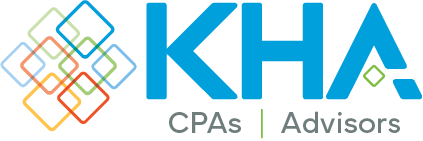When the Coronavirus, Aid, Relief and Economic Security Act (CARES Act) was signed into law in late March, it included relief funds for our country’s heroes in the crisis: health care providers. These funds, known collectively as the Provider Relief Fund, were established to reimburse eligible providers for health care-related expenses or lost revenues due to the COVID-19 pandemic.
If you’re a health care provider who has not yet received a payment from the Provider Relief Fund, you could be eligible for the latest distribution. On June 9, the U.S. Department of Health and Human Services (HHS) announced the distribution of approximately $15 billion to eligible providers that participate in state Medicaid and Children’s Health Insurance Program (CHIP). However, you must act quickly—applications for this distribution are due on July 20, 2020.
First, here are a few things you should know about the CARES Act Provider Relief Fund.
How is the Provider Relief Fund distributed?
The U.S. Department of Health and Human Services (HHS) is in charge of distributing the Provide Relief Fund to hospitals and health care providers. Initially, HHS set up a general distribution of $50 billion for Medicare providers. HHS is also allocating targeted distribution funding to certain providers, including those located in areas hardest hit by COVID-19.
Are you eligible for a payment?
To be eligible to receive a payment from the Medicaid and CHIP distribution, you must not have received a payment from the $50 billion general distribution. You must also have billed Medicaid/CHIP programs or Medicaid-managed care plans for health care-related services between January 1, 2018, and December 31, 2019, and filed a federal income tax for fiscal years 2017, 2018, or 2019 (unless you are exempt from filing).
What’s more, you must have provided patient care after January 31, 2020, and have not permanently ceased to provide patient care. You must have reported your gross receipts or sales from providing patient care on Form 1040 or another applicable form.
If you meet these eligibility requirements, you must also attest to the HHS’ terms and conditions.
How much relief can you expect?
According to the HHS, each provider can expect to receive a payment of approximately 2% of reported gross revenue from patient care. Provider Relief Funds may be used to cover revenue losses caused by COVID-19 as well as other health care-related expenses incurred by preventing, preparing for, and responding to the coronavirus. Examples of these expenses include supplies, equipment, training, and temporary structures used to provide health care services for possible or actual COVID-19 patients.
Don’t miss the July 20 deadline.
If you think you could be eligible for the Medicaid and CHIP provider distribution, it’s critical to start the application process as soon as possible. If you have questions or would like to discuss your options, KHA is here to serve as your trusted advisor. We can also help you meet the attestation requirements that come with accepting a payment from the Provider Relief Fund. To get started, contact the KHA team today.
For more information on the Medicaid and CHIP provider distribution, including application instructions, eligibility requirements, uses of funds, and attestation requirements, please review this fact sheet provided by the Health Resources and Services Administration (HRSA).
These sources are simply included for informational purposes. KHA Accountants, PLLC, its partners and others do not provide any assurance as to the accuracy of these items or the information included therein. As such, KHA Accountants, PLLC cannot be held liable for any information derived from referenced sources. There are many unknowns at this time regarding what other stimulus (grants or other loan options) may become available with pending and future bills, executive orders, or emergency declarations to follow, that may become laws. Consult your legal and business advisors prior to making financing decisions. This is intended for illustrative and discussion purposes only.
